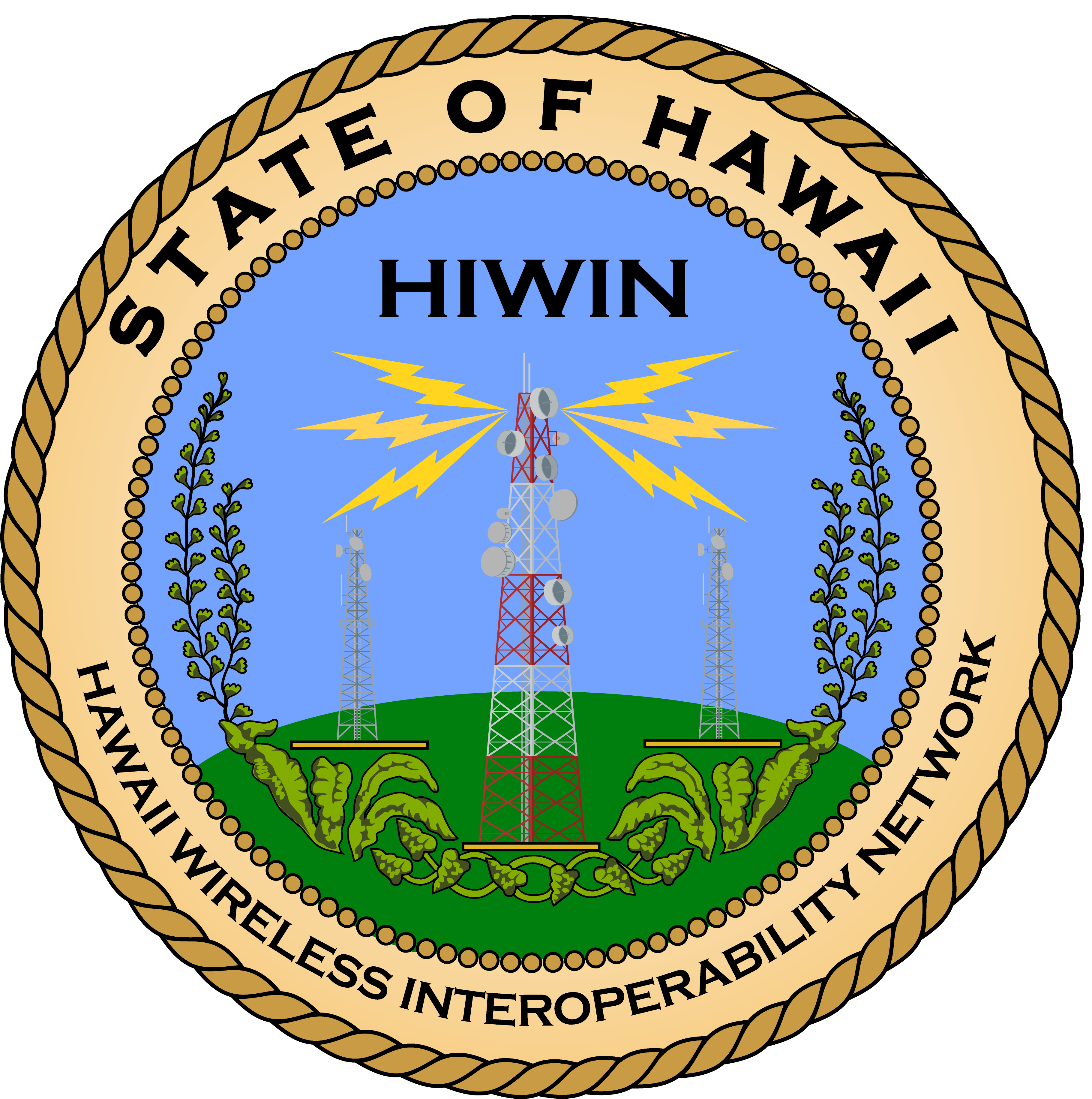What is HIWIN
What is HIWIN: Understanding the Hawaii Wireless Interoperability Network
The Hawaii Wireless Interoperability Network (HIWIN) stands as a cornerstone of public safety and emergency response in the State of Hawaii. Functioning under the Office of Enterprise Technology Services (ETS), HIWIN’s impact and importance cannot be overstated, especially in a region prone to natural disasters and unique geographical challenges.
Mission and Infrastructure
HIWIN’s primary mission is to manage and operate a network of over 45 remote radio facilities that provide a crucial public safety data and land mobile radio network to first responders across the state. This extensive network includes physical radio towers and facilities designed to withstand severe weather conditions, including Category 4 hurricanes. Most sites are equipped with generators capable of over 10 days of run time, ensuring continuous operation during extended power outages.
Resilience During Crises
The network’s resilience was notably demonstrated during the Lahaina wildfire, where HIWIN was among the very few networks that remained fully operational. This allowed for uninterrupted emergency communications, facilitating effective response and coordination among various first responders. HIWIN’s role in such emergencies is pivotal, offering a reliable communication lifeline when traditional cell sites and other infrastructures fail.
Subscribers and Coverage
HIWIN serves over 5,000 subscribers, encompassing a wide range of first responders – federal, state, and local. Its statewide coverage ensures that all Hawaiian Islands are connected, providing a unified network for all responders. This inclusivity and reach are crucial for efficient and coordinated emergency responses across the state.
Technological Backbone
The system comprises Land Mobile Radio and an extensive island-wide mission-critical point-to-point microwave system. This infrastructure carries the state’s critical traffic, ensuring seamless and secure communications among first responders. Additionally, HIWIN offers a push-to-talk over cellular feature, adding convenience and flexibility for users needing to stay connected with first responders remotely.
Deployable Assets
In its arsenal, HIWIN also boasts over 20 deployable assets. These including several 6-channel trunked HIWIN site in a deployable package, over 10 deployable Starlink terminals, and multiple State-owned FirstNet CRDs and Mini CRDs. Such assets are invaluable in extending and enhancing communication capabilities during emergencies or in areas where the fixed infrastructure might be compromised or unavailable.
Compatibility and Accessibility
To maintain network integrity and compatibility, HIWIN provides an approved radio list, ensuring that all equipment used on the network meets the necessary standards and requirements. This policy ensures not only the reliability of communications but also the safety of first responders relying on the network.
Conclusion
In summary, the Hawaii Wireless Interoperability Network is more than just a collection of radio towers and technical equipment. It is a lifeline for Hawaii’s first responders, a testament to the state’s commitment to public safety, and a model of resilience and technological sophistication. HIWIN represents a critical investment in Hawaii’s emergency response capabilities, safeguarding the well-being of its residents and visitors alike.
